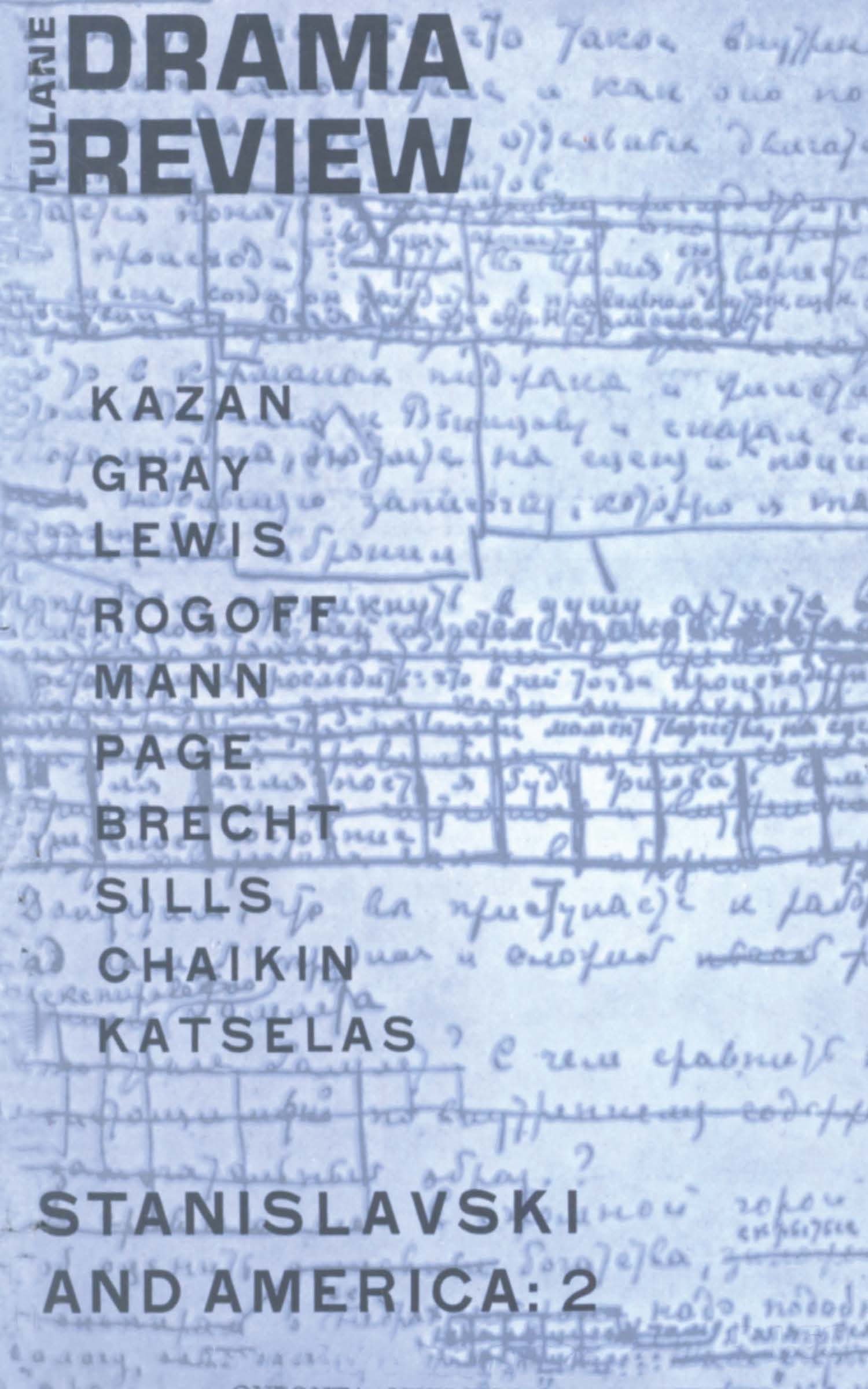No CrossRef data available.
Article contents
Eugène Labiche
Published online by Cambridge University Press: 23 November 2021
Extract
I was visiting my friend Labiche at his princely estate in Sologne, which is so unlike our cheerful countryside of Seine-et-Oise. Nevertheless, I enjoyed myself very much there with my old friend's delightful family, surrounded by the bustling activity of rural pursuits so new to me. A simple flower gardener myself, I derived great pleasure from following this tiller of the soil across the extensive fields which he had reclaimed from sand and briar and replenished with wheat, pine trees, cattle and sheep. And in the presence of this splendid yeoman who strode along the roadways, hobnailed stick in hand, his legs encased in leather gaiters, master of all he surveyed, I found myself completely forgetting the author of so many merry caprices, the grand master of laughter, our first producer of laughing gas.
- Type
- Research Article
- Information
- Copyright
- Copyright © The Tulane Drama Review 1959
References
Note
1 Teniers, David, called le Jeune, 1610-1690Google Scholar. He and his father, David Teniers the elder, were born in Antwerp. They excelled in the painting of popular Flemish scenes, tavern interiors, fairs, etc. Their work was characterized by intense and powerful realism.
Jules Romain (1482-1546) was an architect and painter of the Roman school and a pupil of Raphael. His work is deemed powerful but facile.
2 It is said that Louis XIV judged Teniers’ “baboons” unworthy of a place in the royal collections at Versailles. “Otez-moi ces magots,” was the royal command. Magots may also be taken to mean ‘freaks,’ or ‘monstrosities.'
3 Moi had its première in Paris at the Théâtre-Français on March 21, 1864.
4 Le prix Martin, 1876.


